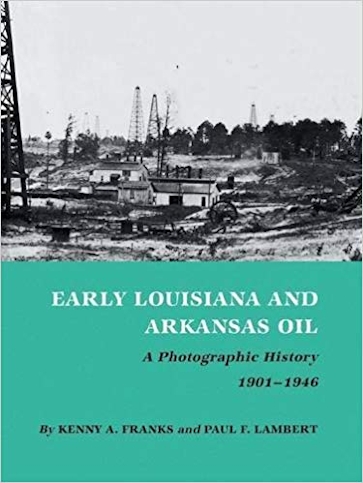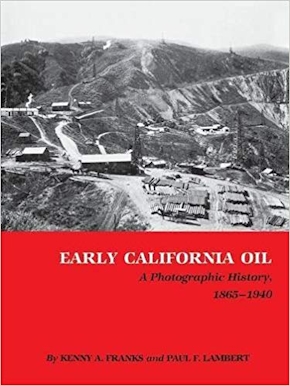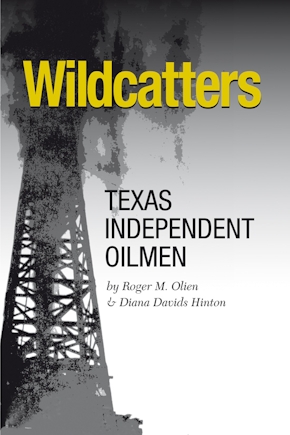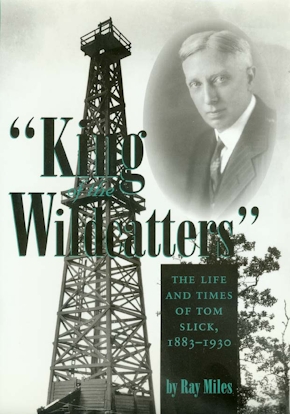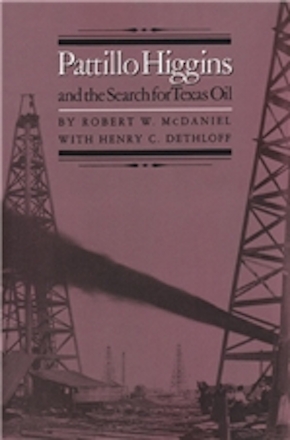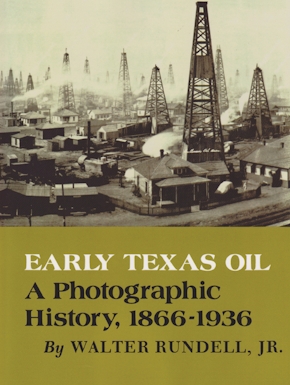Early Louisiana and Arkansas Oil
A Photographic History, 1901-1946
978-0-89096-990-8 Paperback
8.37 x 10.8 x 0 in
260 pp. 325 illus., Map.
Pub Date: 06/01/2000
Available
BUY NOW
- Paperback $34.95
The rich oil legacy of the region had been noticed centuries ago when the area’s Indians used natural oil seeps as sources of medicinal oil for themselves and their animals. Non-Indians became aware of the presence of crude in the early 1800’s, and by 1860 several petroleum-rich sites had been located in Louisiana. In 1901, W. Scott Heywood’s discovery of the huge Jennings Oil Field thrust Louisiana to the forefront in American oil production.
Other discoveries in Louisiana followed rapidly; Caddo Lake, Homor, Cotton Valley, the tremendous Monroe gas field, and many smaller pools contributed their share to the great flood of oil and gas from the state. Eventually the search for crude crossed the state boundary into southern Arkansas, and a new boom began there in the 1920’s. Though a small portion of that state was involved with the industry, the volume of oil from El Dorado, Smackover, and other fields in the surrounding southwestern counties brought Arkansas, too, into the upper ranks of oil producers.
The giant tri-state Rodessa Field, shared by Louisiana, Arkansas, and Texas, continued the initial boom, but just as production began to slow, technological innovations opened entirely new horizons among the coastal salt domes and offshore, and the rush for black gold began anew.
Finding and drilling for oil in Louisiana and Arkansas was no easy matter, as these photographs show. The pineywoods thickets of southern Arkansas, the overgrown likeshores and river bottoms of northern Louisiana, the swamps and marshes of the coastal region, and later the deep waters out of sight of land presented constant new challenges, contributing immeasurably to the development of their region and to the advancement of oil technology and the industry.
Kenneth E. Montague Series in Oil and Business History
About the Author
Published by Texas A&M University Press
